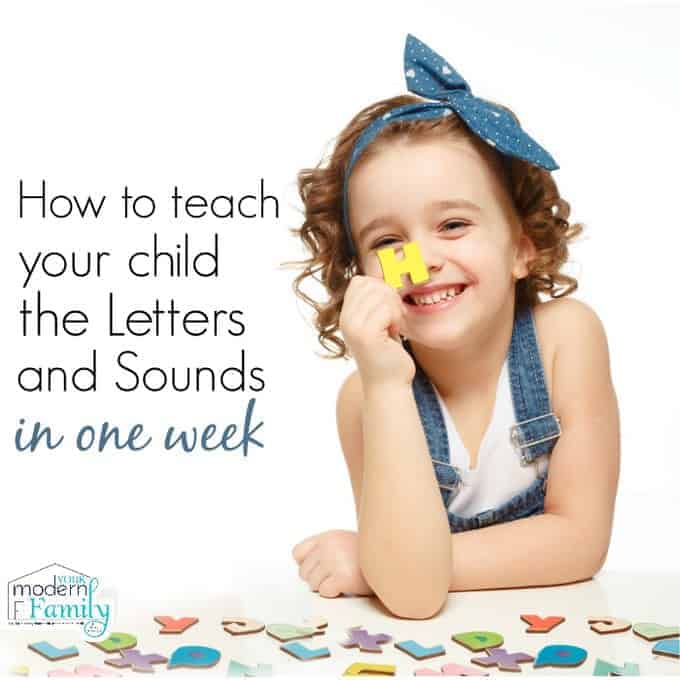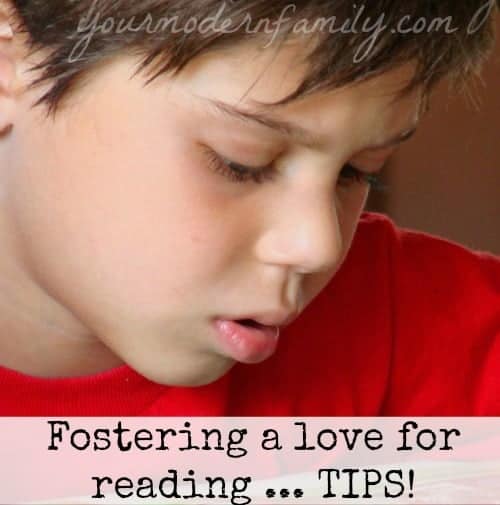This post may contain affiliate links. Please read our disclosure policy.
Growing up bilingual is fun and it is just as much fun to raise your kids to be bilingual! Tove, from Mama in the Now, is sharing her story…
I know that raising bilingual kids is fun, because I did it – with raging success! I was that child that grew up bilingual! My fondest childhood memories are from activities we did to keep the legacy of our two cultures alive. The two countries are Denmark and the United States, my native tongues are Danish and English. I can’t really say that one is “more native” than the other because my parents blended the cultures so well.
If you are currently raising your children bilingual or simply plan to introduce a second language, check out these fun activities. Blending cultures is a family commitment. It is hard work and it takes dedication from all parties – but rest assured it is possible – and you are giving your family a gift that lasts a lifetime.
- Get a library of books in both languages. We were a family of readers and my parents encouraged us to read books in English, even if we didn’t understand every word.
- Sing songs and listen to music with lyrics in your secondary language. I knew all the American Christmas carols years before I knew the Danish ones. I didn’t know what they meant, but I would sing them to my heart’s content. Music connects languages and people.
- Play boardgames in the secondary language during family time. Games like Trivial Pursuit and Monopoly can be challenging when played in the secondary language. But it is such a great learning tool for every player.
- Watch foreign movies without subtitles. Like the aforementioned ideas, this one can cause frustration when you don’t understand every single word. You learn quickly to pick out enough words to make some sense of the movie.
- Plan meals from a foreign cookbook. This is an incredible language lesson when you engage the kids in every step of the process!
- Teach them to convert the metric measurements.
- Identify equivalent domestic ingredients.
- Write the shopping list in the secondary language
- Get an age appropriate magazine subscription. My parents subscribed to National Geographic and TIME Magazine for as long as I can remember. I certainly could not read either publication cover to cover, but I learned so much from even just reading the headlines.
- Find a Penpal.
The act of writing letters is a dying art, but for the purpose of learning a new language, it is incredibly helpful. Even if you help your child write the letters, you will both learn so much.
- Celebrate a foreign National Holiday. The Danes, for obvious reasons do not celebrate Thanksgiving, but growing up, my mom made a point to introduce us to the holiday and its traditions. My dad, who was American loved that she made a full Thanksgiving Day meal with all the trimmings.
- Incorporate everyday words from the secondary language. Growing up with an American dad and a Danish mom was the recipe for a language melting pot. We spoke primarily Danish at home, but would use words like “garbage”, “cereal” and “orange juice” in our daily vocabulary. Over time we called the language we spoke at home “Danglish”.
- Mix the languages and have a little bilingual fun with puns and misunderstandings. Some of my best memories are from sitting at the dinner table and creating jokes that would draw from both languages. Needless to say, this game was only funny to the family members who lived with our homemade language.
- Switch off who speaks which language.
My dad had to become fluent in Danish very quickly since he was the breadwinner. So to challenge his language skills he spoke Danish to us, and my mom spoke English. This was hard and took dedication, but it helped us to hear the two languages spoken by different people. - Join a group of fellow ex-patriots.
If you live close to a large metropolitan area, chances are that the foreign nationals from your homeland/ country of interest have a social club with periodic meetings. These groups are also great networking opportunities for working professionals. - Find a caregiver who is bilingual.
If you wish for your child to be exposed to a second language at an early age, hiring a bilingual babysitter is a great way to accomplish this. Your child will quickly develop the understanding that the caregiver speaks one language and another language is spoken at home.
Whether your children end up speaking two languages fluently, or just understanding fragmented sentences in another language your dedication, time and efforts are well-spent.
Which languages do you speak at home?
Are bilingual yourself, or do you wish for your children to be?

Meet Tove from Mama In The Now:
Hejsa! I am a Danish American mama to four boys! I report live from the trenches of motherhood, surrounded by life, love, laughter and lots of Legos!VVMy husband and I parent from the heart. Please join me in my mission to live in the NOW – to enjoy every phase and step of our children’s lives, even the tiring and maddening ones. I will share our stories with you – please share yours with me, so together we can support each other in this journey to reach a new level of confident intuitive parenting. Find Tove on Facebook, Twitter & Pinterest.

















Thank you for posting my article, Becky! I love your space!
I hope more families try to introduce their kids to a second language – it’s so much fun – such a bonding experience.
🙂 thanks, Tove! I hope so, too!
Thank you for sharing this! I only speak English but my children attend school in French and my husband speaks both Hindi and Fijian. We are always looking for ways to increase their vocabulary and comprehension and for me to learn some!
Oh – perfect!! 🙂
Great tips, Tove! Our kids have learned second languages thanks to caregivers. It’s great to hear them switch off from one to the other. But the problem with that is once they started going to school, they lose it. I’m currently trying to enroll my son in a language immersion school where they teach the school subjects in both English and a second language like Spanish.
Agreed… (great tips, Tove!)